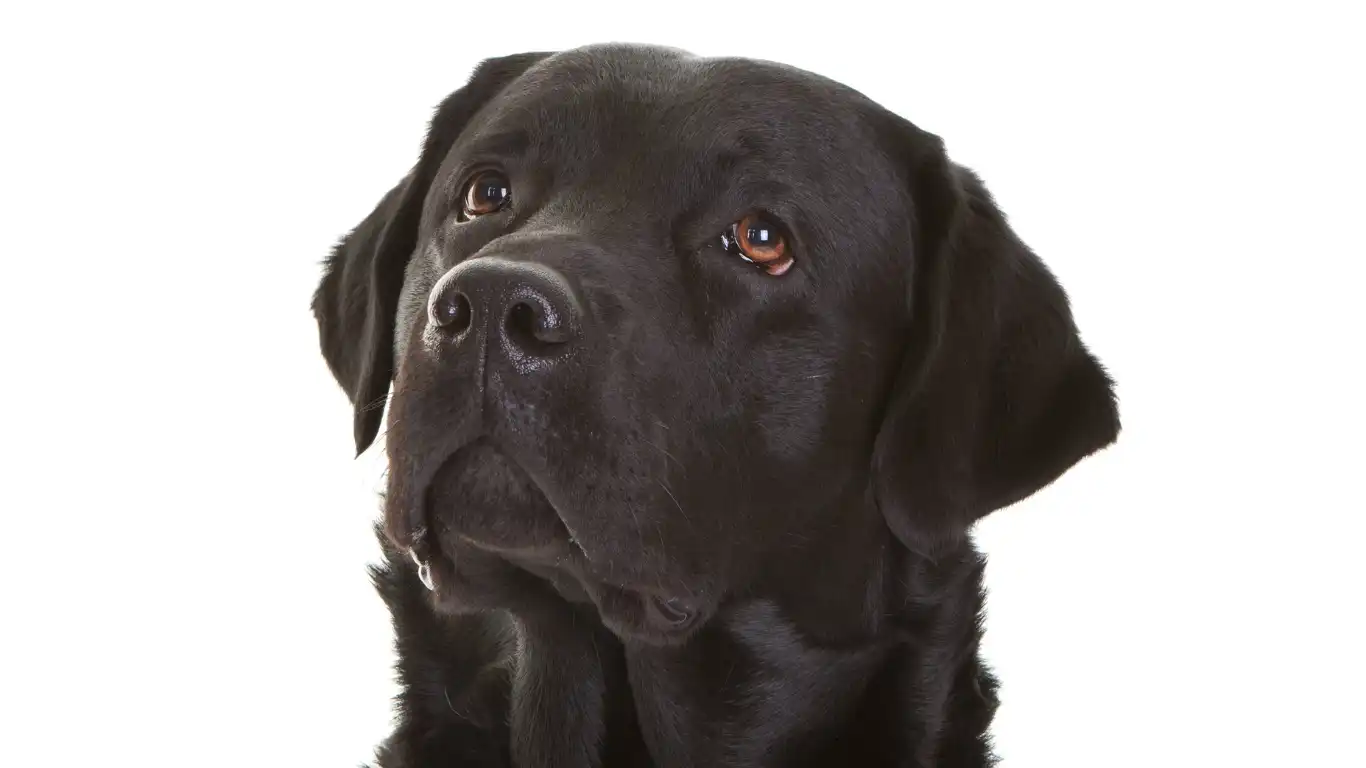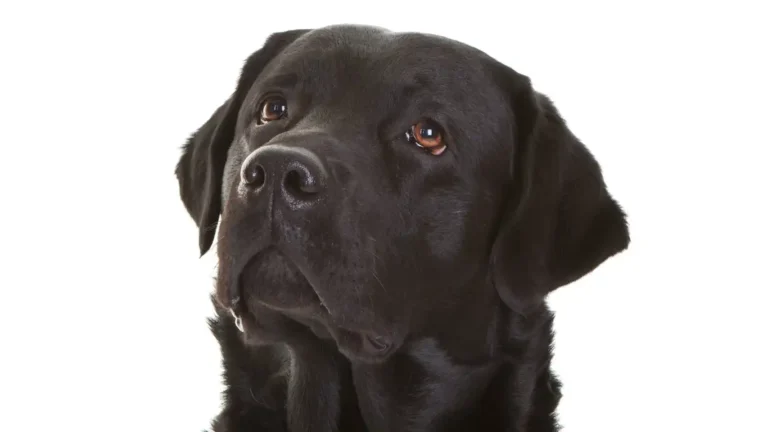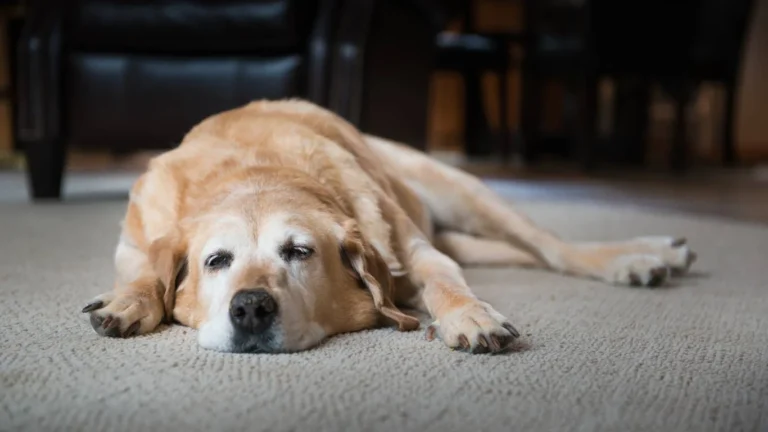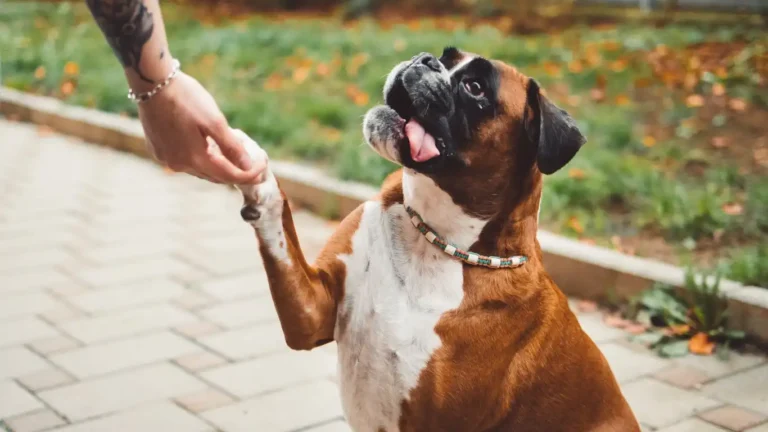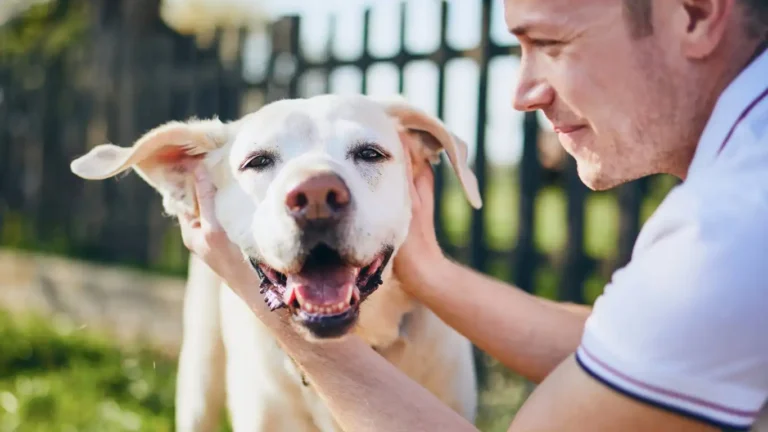Effective Dog Recall Training: Master the Recall Command with Ease
If you’re a dog owner, one of the most important skills you can teach your dog is how to respond to a recall command. Whether you’re out for a walk in the park, at the beach, or in an open field, having a reliable recall is a game-changer for safety and enjoyment. As a veterinary technician specializing in nutrition, I’ve seen firsthand how crucial it is to have a solid relationship with your dog. Trust me, when your dog comes running back to you the moment you call them, it makes you feel like a rockstar. So, let’s dive into how to train a dog to respond to a recall command—and make it fun for both you and your pup!
Why Recall Training is So Important

Before jumping into the “how,” let’s talk about why recall training is so important. A strong recall not only keeps your dog safe in unpredictable environments, but it also enhances the bond between you and your furry friend. I’ve worked with many dogs and pet owners over the years, and one thing is clear: having that reliable “come here” command can prevent accidents and reduce stress when you’re out together. If your dog always knows to come back when called, you’re both able to enjoy your time together more freely.
Whether it’s at the vet’s office, during a hike, or in your own backyard, having a dog that listens to your recall command can mean the difference between keeping them safe and having to chase them down. And let’s be honest, no one wants to go on a wild goose chase trying to catch their dog!
The Basic Steps to Start Recall Training
Getting started with recall training might sound intimidating, but trust me, it’s one of the most rewarding things you can do for your dog. So, where do we begin? Here’s a simple step-by-step approach that I’ve seen work time and time again:
- Pick the Right Environment: When you first start, find a quiet, distraction-free area. It could be your living room or a quiet part of your yard. You want to set your dog up for success, so keep the environment as controlled as possible.
- Choose a Consistent Cue Word: The word you use for your recall command should be consistent every time. Some people use “come,” others say “here,” but it’s important to pick one word and stick with it. The tone you use is important too—keep it upbeat and positive!
- Start with Short Distances: Begin by calling your dog to you from a short distance. Use the cue word, and when they come to you, immediately reward them with a treat, praise, or their favorite toy. Positive reinforcement is key here.
- Gradually Increase the Distance: Once your dog starts responding reliably at short distances, increase the challenge by calling them from further away. Always reward them for coming back, and remember: consistency is the key!
- Practice Regularly: Just like any other skill, recall training requires practice. Try incorporating short training sessions into your daily routine. It can be as simple as calling your dog back and forth between you and a family member.
Common Mistakes to Avoid During Recall Training
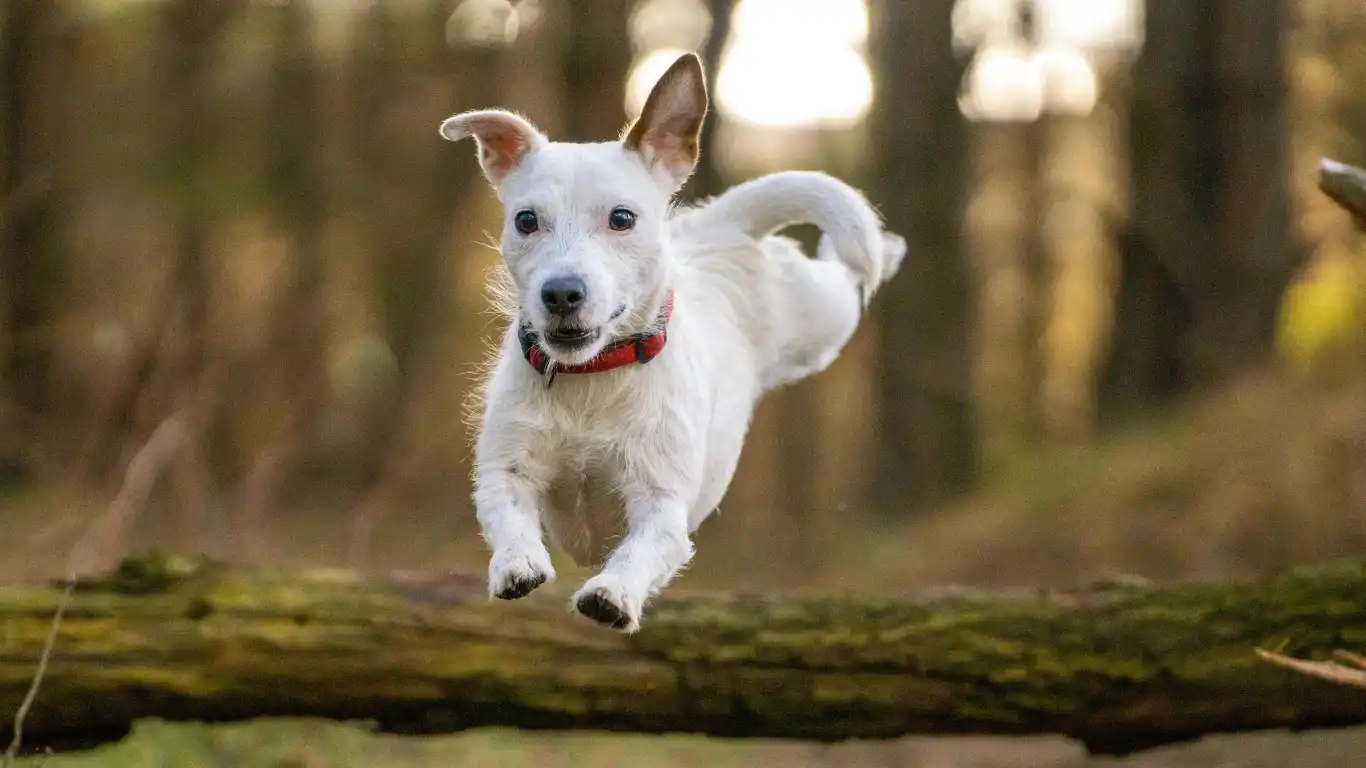
As someone who’s spent years working with animals, I can tell you that training a dog isn’t always smooth sailing. Many pet owners make some common mistakes when it comes to recall training, and they can slow down progress. Let’s talk about what to avoid so you can set yourself up for success:
1. Overuse of the Recall Command
One mistake I see often is overusing the recall command. If you’re calling your dog to come back multiple times in a row without them actually returning, they start to tune it out. You need to make sure that your recall command is a high-value request—don’t call them unless you’re confident they’ll respond.
2. Negative Associations
Another mistake is associating the recall command with something negative. For example, if every time your dog comes back to you, they’re put on a leash or have to go inside, they may start to resist the recall command. Make sure that coming back to you is always paired with something positive, like a game, a treat, or a fun activity.
3. Inconsistent Rewards
Consistency is essential. If you’re not rewarding your dog every time they successfully come to you, they might get confused about the expectations. Even on those days when you’re feeling lazy, try to remember to reward your dog for coming back—whether it’s a treat, praise, or a good belly rub.
How to Build Positive Reinforcement into Recall Training
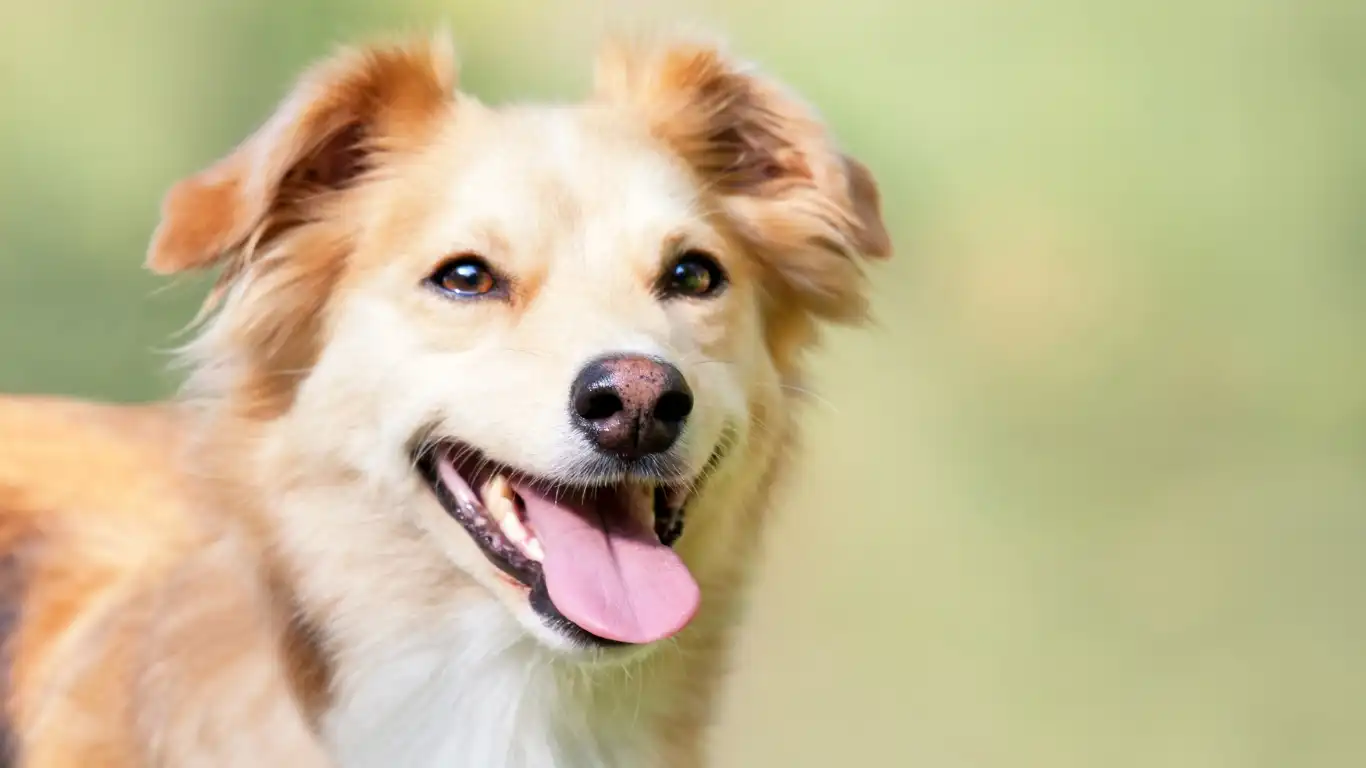
Positive reinforcement is the foundation of effective recall training. By rewarding your dog every time they successfully respond to your command, you’re building a strong association with the action. They learn that coming back to you means something great happens—and who doesn’t love that?
Over the years, I’ve worked with a variety of dogs with different temperaments. Some dogs respond better to treats, while others are more motivated by play or praise. It’s essential to find out what your dog values most and use that as your primary reward. For some dogs, this might be a high-value treat like chicken or cheese. For others, it might be a game of fetch or a fun tug-of-war session.
Timing Your Rewards
Timing is everything when it comes to reinforcement. You want to reward your dog immediately after they respond to the recall command. This helps them understand exactly what behavior is being rewarded. If you wait too long to give them a treat or praise, they might not make the connection, and it could slow down the learning process.
At the same time, make sure that your rewards are varied. If you always use the same treat, your dog might lose interest. Mix it up! One day use a treat, the next time offer a toy, and the next time, just shower them with affection.
Challenges You May Face with Recall Training

As much as we’d love for our dogs to just “get it” right away, recall training isn’t always smooth sailing. Just like humans, dogs have their own quirks and learning curves, and they can face a few challenges along the way. I’ve worked with many dogs of all shapes and sizes, and I’ve seen a few recurring themes when it comes to recall struggles. Let’s talk about some of the most common roadblocks—and how to overcome them.
Distractions Are Everywhere
One of the most common challenges in recall training is distractions. When you’re training in your living room, your dog’s attention is mostly on you. But once you’re outdoors, the world becomes a whole lot more interesting—squirrels, other dogs, smells, and even the wind can pull your dog’s attention away. That’s why it’s so important to practice recall in progressively more distracting environments. Start with quieter areas, and then slowly introduce distractions like people, other dogs, or wildlife.
It can be frustrating when your dog ignores you in a busy park or during a walk, but this doesn’t mean they’re being stubborn or that your training isn’t working. It just means that, like all dogs, they’re more focused on the exciting new world around them. With consistent practice, your dog will learn to prioritize your recall command, even when there are distractions.
Testing Boundaries: How to Handle Resistance
Another challenge I often see in recall training is when dogs start testing boundaries. They’ll hear the recall command and may look at you like, “Yeah, maybe later.” It can feel frustrating when your dog hesitates, especially when you’ve put in all that time and effort to train them. But here’s the thing: resistance doesn’t mean your dog is being defiant. It’s more about them being independent and testing limits, which is totally natural.
In these cases, patience and consistency are key. If your dog starts to resist, try not to chase after them or get frustrated. Instead, work on making the recall command more enticing. Use high-value treats or introduce a favorite toy to make coming back to you a fun and rewarding experience. If your dog senses that you’re not upset and that the recall is something positive, they’ll be more likely to respond next time.
Advanced Recall Training Techniques

Once your dog has mastered the basics of recall in low-distraction environments, you can start working on more advanced techniques. This is where the real fun begins! Now, you’ll be able to take your dog’s recall to the next level, and trust me, they’ll love the challenge.
1. Long-Line Training
One of the best ways to practice recall in an open space or during off-leash training is using a long line (a leash that’s 15-30 feet long). This allows you to give your dog more freedom while still being able to safely guide them back to you. It’s a great way to practice recall without feeling nervous about your dog running too far away.
To use the long line, start by calling your dog to come and give them plenty of space to move around. When they come back, reward them immediately! As they start responding consistently, you can gradually phase out the use of the long line as they become more reliable off-leash. But, don’t rush this part—let your dog build up confidence and always keep things fun!
2. The “Stop and Go” Game
This is a fun game I love to use with dogs that have a strong desire to run around and explore. It’s essentially a game of stop and go: When your dog is running around freely, give the recall command. When they come back to you, reward them! Then, immediately release them to go back to playing or exploring. The goal is to create a positive association between coming back to you and getting the chance to go back to fun activities.
Over time, your dog will start to associate coming back to you with excitement and freedom, rather than being a “pause” in their fun. This makes it more likely that they’ll respond to the recall command even in exciting situations!
3. Adding Distance and Duration
As your dog becomes more reliable with recall, you can increase both the distance and duration of the command. Start calling your dog from farther away and keep practicing in larger spaces. The goal is to make sure they respond to your recall even when they’re far out of reach. Also, try extending the amount of time you ask them to stay with you after they’ve come. This teaches them that recall doesn’t just mean “touch and go” but a nice opportunity to stay close and calm.
How to Handle Your Dog’s Setbacks
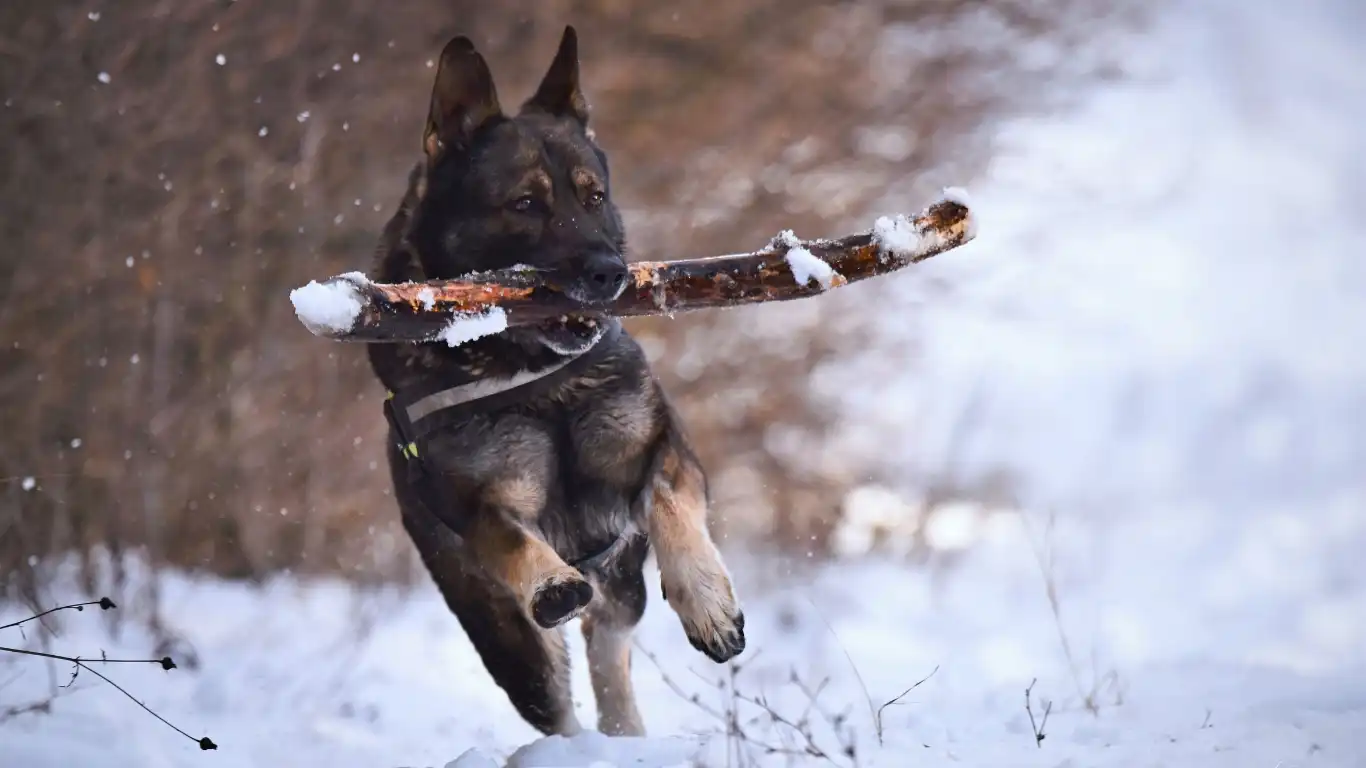
No training journey is without its ups and downs, and recall training is no exception. There will be days when your dog seems like they’ve forgotten everything you’ve taught them, and it’s totally normal to experience setbacks. The key here is not to get discouraged and to remember that training is a process. Every dog, like every person, has their own learning pace.
Be Patient
One of the most important things I’ve learned in my years of working with dogs is that patience goes a long way. Dogs are learning machines, but just like us, they have good days and bad days. If you notice that your dog isn’t responding to the recall command as well as usual, take a step back. Sometimes, all it takes is a few smaller training sessions in a familiar environment to refresh their memory.
Stay Calm and Positive
It’s easy to get frustrated if your dog doesn’t come when called, but remember that your emotional state can influence your dog’s behavior. If you become stressed, your dog can sense that, which may affect their performance. So, keep it lighthearted and rewarding! Your dog will learn that coming back to you is a happy and stress-free experience.
Most importantly, celebrate the small victories. Even if your dog is only responding 70% of the time, that’s progress. Training takes time, and every step forward counts.
Using Recall Training for Real-Life Situations
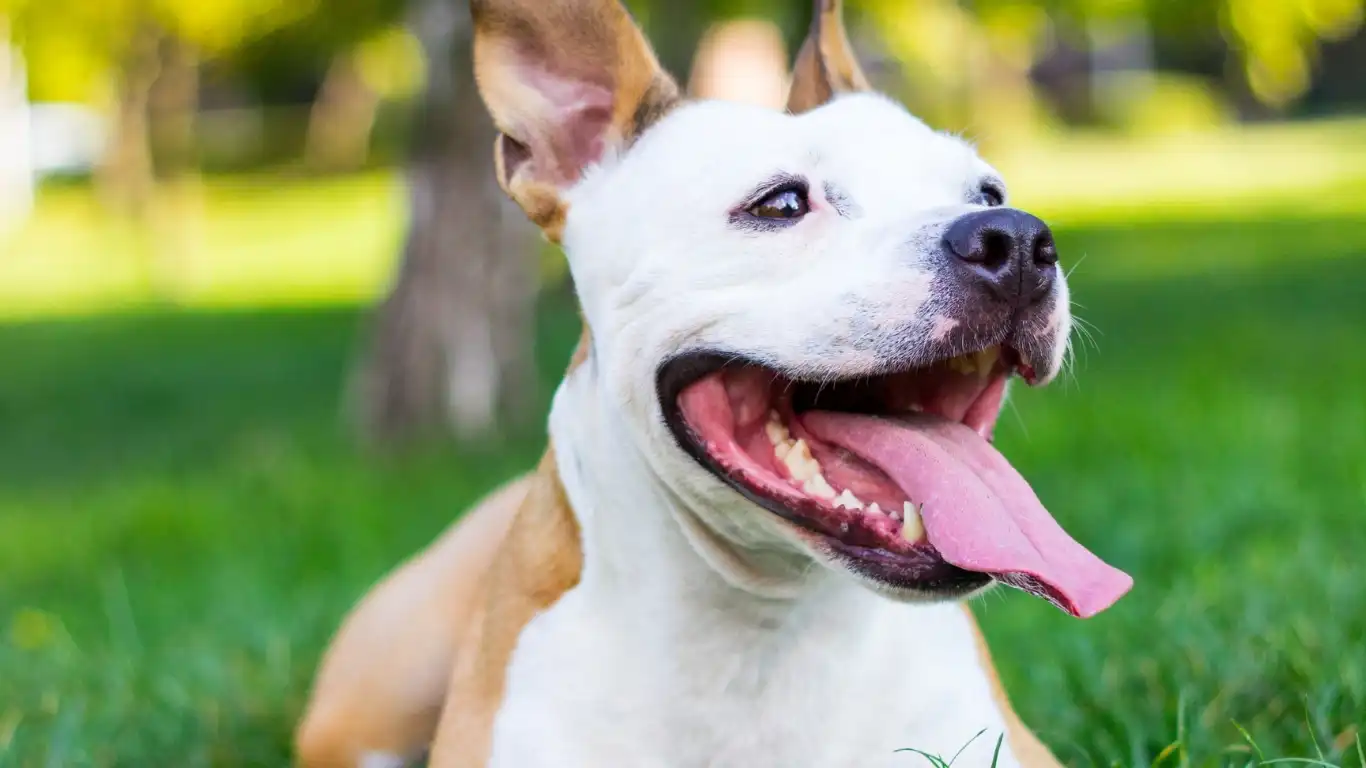
Now that you’ve put in the work with recall training, it’s time to integrate those skills into real-life situations. As someone who’s spent countless hours in clinics, parks, and backyards working with dogs, I’ve found that the true magic of recall training happens when you see your dog respond perfectly in unpredictable environments. It’s such a satisfying moment to call your dog back to you when they’re off exploring, and they actually listen. But to get there, you’ll need to practice in environments that are a little more exciting and unpredictable than your living room.
Recalls During Outdoor Adventures
One of the first places where you’ll really appreciate your dog’s recall training is during outdoor adventures. Whether you’re hiking, camping, or just walking around your neighborhood, having a reliable recall can make these activities more enjoyable. No more worrying about your dog running off or getting into trouble—now you can enjoy your walk knowing that if something catches their attention, you can call them back quickly and safely.
In these situations, remember to keep the training fun and positive. Outdoor adventures offer a lot of distractions—other animals, smells, and sounds—and it’s easy for your dog to get lost in the moment. That’s why it’s essential to start practicing in these environments at a pace that’s comfortable for both of you. Begin by calling your dog back when they’re relatively close to you, and gradually increase the distance as their reliability improves.
Recall Training for Off-Leash Freedom
If you’re hoping to take your dog off-leash in safe, enclosed spaces, recall training is non-negotiable. Whether it’s a dog park or a securely fenced yard, being able to trust that your dog will come back when called opens up a whole new world of possibilities for playtime and exercise. Off-leash training can feel like a game-changer, but only if you’re confident in your dog’s ability to respond to your recall command, even when they’re off exploring on their own.
When you’re ready to take that step, make sure to give your dog plenty of chances to succeed. You can start by practicing in a quiet space where distractions are minimal, and then slowly introduce them to larger, more exciting areas. If your dog is distracted or hesitant, take a break, and bring them back to a calmer environment before trying again.
Overcoming Setbacks and Maintaining Progress

No matter how consistent you are with your training, setbacks are inevitable. Dogs, like people, have good days and bad days, and they may have moments where they simply forget their training or decide to test the waters. Don’t get discouraged—setbacks are a natural part of the training process, and they’re something every dog owner faces. The key is to stay patient, stay consistent, and keep your training sessions upbeat and positive.
Revisit the Basics
If you find that your dog is suddenly ignoring your recall command or becoming less responsive, it might be time to revisit the basics. Go back to a quiet, distraction-free area and practice the foundation of the recall. Sometimes all it takes is a little refresher to remind your dog how much fun it is to respond to your cue.
Another tip is to mix up your rewards. If you’ve been using treats for a while, try switching to toys or even extra playtime. A change in reward type can reignite your dog’s motivation and excitement for the recall command. Keep the sessions short and positive, and gradually increase the difficulty level as your dog starts to improve.
Staying Consistent Over Time
One of the biggest mistakes I see pet owners make is assuming that once a dog has learned a skill, they don’t need to practice it anymore. Just like any other skill, recall training requires ongoing maintenance. Even after your dog seems to have mastered the recall command, it’s crucial to continue practicing regularly to keep their skills sharp.
Incorporate recall into your daily routine, whether it’s during walks, playtime, or even in the house. If you’re consistent and keep the training sessions fun, your dog will maintain a strong response to your recall command, even in the most distracting environments.
Building a Stronger Bond Through Recall Training
What’s amazing about recall training is that it doesn’t just help with safety—it also strengthens the bond between you and your dog. Recall is a sign of trust and communication. The more you practice together, the more your dog learns to understand you and rely on you as their leader. It’s a beautiful process that builds mutual respect and strengthens the connection you share.
Throughout my years of working with dogs, I’ve seen countless transformations where owners and their dogs go from basic training to a strong, trusting partnership. The bond you create while working on your dog’s recall command is priceless. And once you and your dog are in sync, you’ll have a relationship that’s based on communication, understanding, and trust—both in training and in life.
Tips for Ongoing Success
- Practice Regularly: Keep your training sessions frequent but short. Consistent practice will help your dog stay sharp and responsive to your recall command.
- Make it Fun: Use games, rewards, and positive reinforcement to make recall training enjoyable for both you and your dog.
- Be Patient: Don’t get discouraged by setbacks. Recall training is a journey, not a destination.
- Challenge Yourself: Once your dog has mastered basic recall, try increasing the difficulty with distractions, longer distances, and off-leash practice.
References
For more helpful tips on dog training, visit PawPatron for expert advice and resources.
Disclaimer
The information in this article is intended for general informational purposes only and is not a substitute for professional veterinary advice. Always consult your veterinarian or a qualified dog trainer if you have concerns about your dog’s behavior, training, or health.
